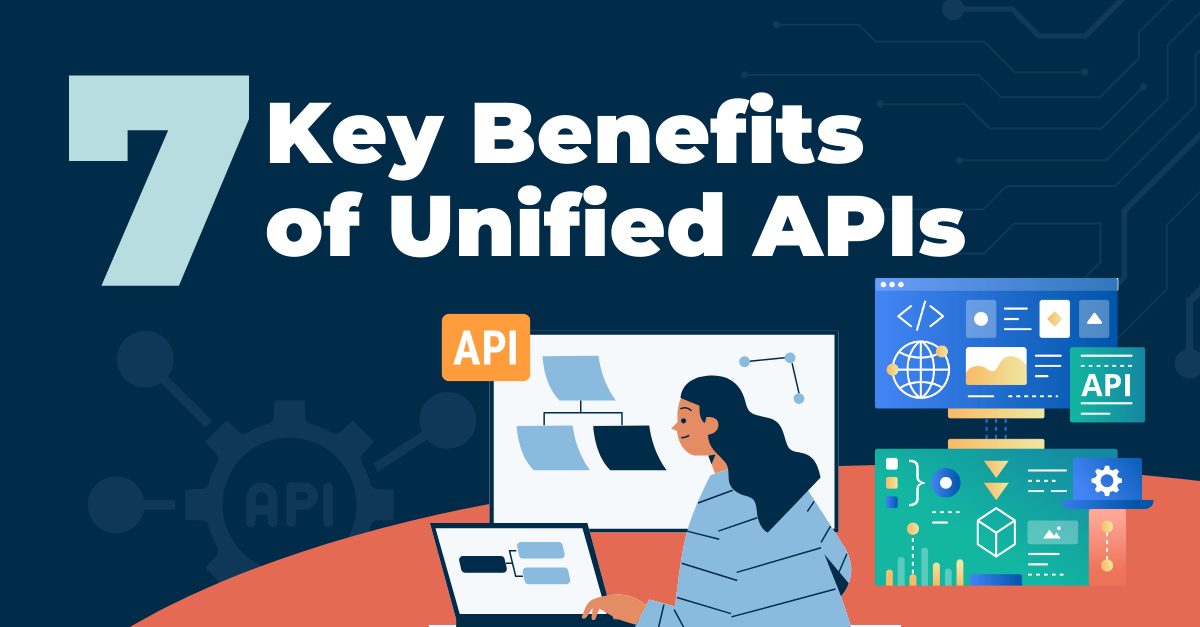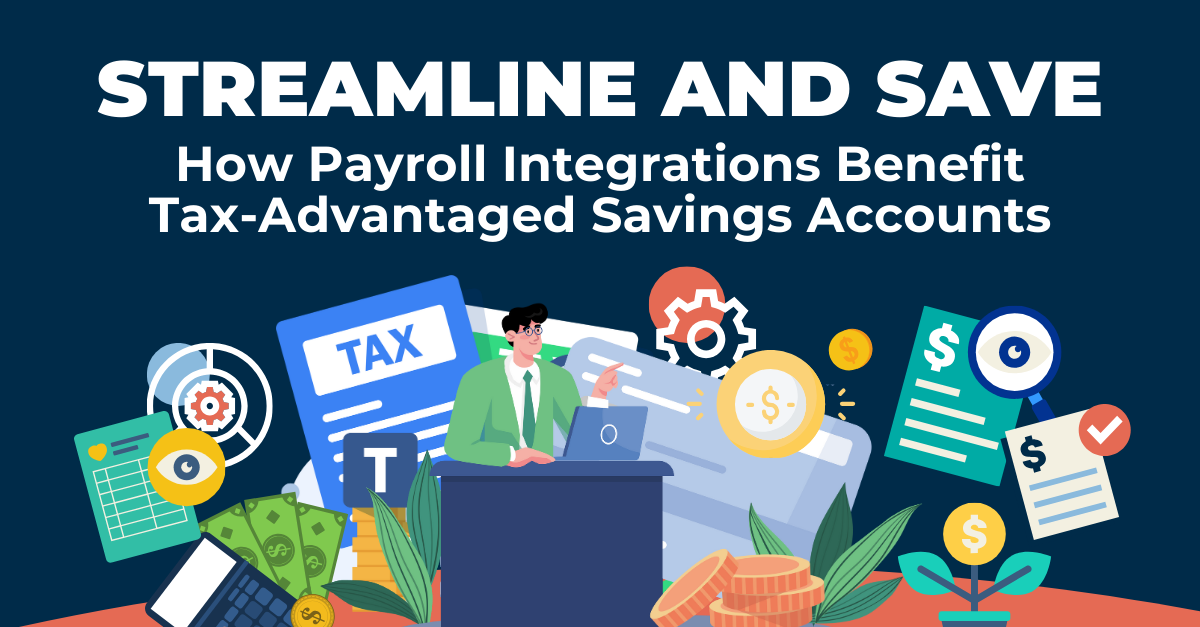What Is a Tax Advantaged Account and How to Use Them
Answering the Question: What Is a Tax Advantaged Account
For many people, the moment they realize they’ve been flying blind with their finances doesn’t come during open enrollment or a meeting with HR. It comes at 2 a.m. in the ER with a $1,500 deductible, or while juggling childcare costs and medical bills in the same week, or staring down retirement and wondering where the time—and money—went.
And yet, the tool that could have helped has been tucked inside your payroll system, listed in your onboarding pack and, likely, glossed over in your annual enrollment meeting: the tax advantaged account.
In this article, we’ll unpack what a tax advantaged account is, how each type works and how platforms like Payroll Integrations are reshaping how employers and administrators handle the hidden infrastructure behind them.
What Is a Tax Advantaged Account?
A tax-advantaged account is a financial tool and tax benefit designed to help individuals save for specific expenses like healthcare, education or retirement. These accounts can offer tax deductions, deferrals, or even tax-free growth, making them integral to effective financial planning.
And if you’re not using one, or if your company isn’t administering them effectively, you’re likely leaving money on the table. Maybe a lot of it.
What Makes an Account "Tax Advantaged"?
A tax-advantaged account is any financial account that offers one or more of the following benefits:
- Tax-free contributions (aka pre-tax)
- Tax-deferred growth (you’ll pay taxes later)
- Tax-free withdrawals (if used for qualified expenses)
These accounts are specifically designed to encourage people to save for retirement, for medical expenses or for education by rewarding them with tax breaks. The less you pay in taxes, the more you keep in your pocket or reinvest in your future.
There are different types of these accounts depending on your goals. Here's how they break down.

Popular Types of Tax Advantaged Accounts
1. Health Savings Accounts (HSAs)
If you're enrolled in a high-deductible health plan (HDHP), you're eligible for an HSA. These accounts are tax unicorns—they offer:
- Pre-tax contributions
- Tax-free growth
- Tax-free withdrawals for qualified medical expenses
In other words, triple tax advantage.
How Payroll Integrations helps: We sync employer payroll systems with HSA providers, so contributions are deducted and transferred automatically—no manual uploads, no back-and-forth emails, no errors.
👉 Read More: How Payroll Integrations Benefits Tax Advantaged Accounts
2. Flexible Spending Accounts (FSAs)
FSAs are employer-sponsored accounts that let employees set aside pre-tax dollars for out-of-pocket healthcare costs. Unlike HSAs, they’re “use it or lose it” (though some plans offer grace periods or carryovers).
For TPAs: Automating FSA contributions and data syncing through Payroll Integrations eliminates common compliance headaches, like reconciling year-end balances or catching outdated employee records.
3. 401(k)s and Traditional IRAs
Classic retirement accounts. Contributions are made pre-tax, which lowers your taxable income in the year you contribute. Taxes are paid only when you withdraw in retirement.
Roth variants, by contrast, use post-tax dollars but offer tax-free withdrawals later.
For employers and TPAs: Our system connects your payroll software with 401(k) recordkeepers so you can send contributions, updates, and employee census data in real-time—automatically.
👉 Check out our blog: 75 Top 401(k) Recordkeepers in the U.S.
4. 529 Plans and Coverdell ESAs
These are education-focused savings accounts. While contributions aren’t deductible on your federal return, withdrawals for qualified education expenses (tuition, books, etc.) are tax-free. Many states offer tax perks too.
From Policy to Practice: the Role of Payroll Integrations
While each of these account types offers its own set of tax benefits, they all share one thing in common: they only work if they’re managed correctly.
That means accurate payroll deductions, real-time updates when employees change jobs or contribution amounts, and meticulous compliance with IRS rules and contribution limits. For employers, HR teams, and third-party administrators, this creates a logistical minefield—especially when benefits are managed across disconnected systems, manually updated spreadsheets, or legacy software that doesn’t sync.
It’s here—at the intersection of policy and operations—that most benefit strategies quietly break down.
Because a tax-advantaged account isn’t just a line item on a pay stub. It’s a chain of data, systems, and deadlines. And if one link breaks—if a deduction is missed, if a file is delayed, if eligibility data is wrong—the entire value of the benefit can erode.
This is where Payroll Integrations steps in to seamlessly connect payroll systems and benefit providers.
Key Benefits:
- Automated Contributions: Ensure accurate and timely deductions from employee paychecks, reducing manual errors.
- Compliance Assurance: Stay aligned with evolving tax laws and contribution limits, minimizing the risk of penalties.
- Simplified Administration: Streamline processes, freeing HR teams from administrative burdens and allowing them to focus on strategic initiatives.
- Enhanced Employee Experience: Provide employees with transparent access to their benefit information, fostering trust and engagement.
By integrating payroll with tax-advantaged accounts, employers can enhance operational efficiency and support employee financial wellness.
👉 Check out our blog: What Is a Payroll Integration?
Supporting Third-Party Administrators (TPAs)
Third-Party Administrators play a pivotal role in managing employee benefits. Payroll Integrations empowers TPAs by:
- Providing Real-Time Data Access: Facilitating immediate updates to employee information, ensuring accuracy in benefit administration.
- Reducing Administrative Overhead: Automating routine tasks, allowing TPAs to allocate resources more effectively. Read More: What Is a Unified API
- Enhancing Client Satisfaction: Delivering efficient and error-free services, strengthening client relationships.
For more insights on how Payroll Integrations supports TPAs, explore our Insights Hub
Maximizing the Benefits of a Tax Advantaged Account
To fully leverage tax-advantaged accounts:
- Plan Strategically: Align account contributions with financial goals, considering factors like anticipated medical expenses or retirement timelines.
- Utilize Technology: Implement integrated systems like Payroll Integrations to streamline processes and reduce errors.
- Stay Informed: Regularly review IRS guidelines to remain compliant with contribution limits and eligible expenses.
👉 Read more: Payroll Compliance Demystified: Guide for 2025
By proactively managing these accounts, individuals and organizations can achieve significant tax savings and financial security.
For a deeper dive into the advantages of integrating payroll with tax-advantaged accounts, read our detailed article: How Payroll Integrations Benefit Tax-Advantaged Accounts.

%20Recordkeeper.png)
